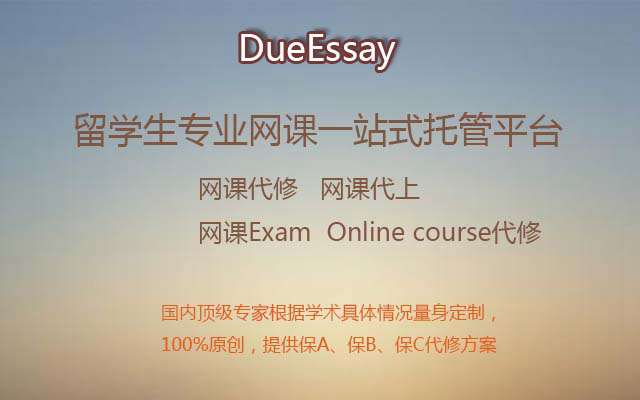
专业高分essay代写_留学生最信赖代写机构
发布时间:2020-12-17
1.Through the articles, I found it shocking about how many white privileges that existed in our society. Most of the privileges happen in people’s daily life. Therefore, those privileges are unidentified by people since people are used to them. In the article “White Privileges: Unpacking the Invisible Knapsack,” Peggy Mcintosh describes the result from a survey that collects the “white privileges” from different racial people’s life. The result of this survey is astonishing and shocking. There are twenty-six white privileges that people observe in their life such as the fear of the government, the prejudice on trial, the influence on the grade from people’s races (Mcintosh 84).

3.The final question I have when reading these articles is: How exactly can people eliminate the difference between the white people and people with other races? Both of the articles express their viewpoint on this topic. In the article of Mcintosh, the solution of the racial discrimination sets in the improvement of the social construction (86). In contrast, Khoisans holds that the division of the races is the main cause of the inequality that exists in the world. In my opinion, both the social perspective and cultural actor should be improved in order to diminish the existing racial discrimination.
Works Cited
Mcintosh, Peggy. "White privilege: Unpacking the Invisible Knapsack." Independent School, 90 1990, pp. 191-196.
Diamond, Jared. "Race without Color." Discover, 1 Nov. 1994. https://discovermagazine.com/1994/nov/racewithoutcolor444 Accessed 4 Oct. 2018.






